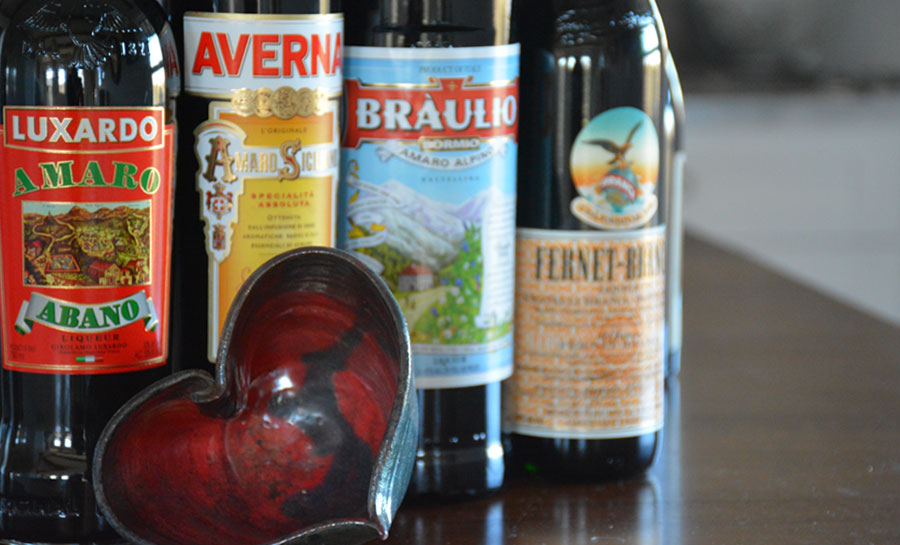
Ancient Secret Recipes to Warm the Senses
November 14, 2017Anyone who has traveled to Italy will have most likely heard of the digestif ‘Amaro.‘ Just like wine with a meal, it is a way of life in this country with each region producing a distinctive amaro reflective of the area in which it is produced. These exceptional bitter herbal liqueurs have a vast history, with little modification in their production methods, and are a tradition to the end of delicious repast almost anywhere in Italia.
Amaro is a bitter aromatic spirit. It is typically served as a digestif after a meal, to aid digestion as the name implies. They are typically served straight (room temperature) in a small portion, but can be served over a cube of ice if preferred. While amaros are typically served on their own, they can be used on a limited basis as a mixing component (not as the main ingredient) in cocktail recipes in order to not overwhelm the other components. The most common use is substituting it in place of bitters, for example in a classic Manhattan. In the wine trade, amaros are frequented at the end of an industry event in order to reset your system after tasting so many high-acid wines that can sometimes throw your palate of kilter or upset your stomach. It can also be used as a ‘hair of the dog,’ also known as a hangover cure, for when you have had too much the night before and need a botanical medicinal rescue with just a touch of alcohol in it to help with your morning detox.
Whatever your fancy for why you choose to indulge in the world of amaros, below is a handful of selections that would make the perfect tasting flight to compare and contrast different regional variations of the theme and have you booking a flight to try them at the source in no time.
This Italian bitter hails from Caitanissetta, Sicily, located in the central interior of the island. It is named after its inventor, Salvatore Averna, who invented the recipe in 1868. The inspiration for this concoction came from Cistercians monks who were known to produce an elixir of herbs that was pleasant, despite being somewhat bitter, and perhaps possessed tonic and therapeutic properties. As a token of the monks gratitude to Signore Averna for his work with the church, they presented him with the recipe for this infusion which he started making for guests at his home. It was Salvatore’s son, Francesco, who began to promote his father’s bitter throughout Italy and abroad, continuing with the efforts of the third generation.
This liqueur has unique aromas and flavors influenced by the land with the influence of the Mediterranean herbs used, producing a lovely contrast of sweet and bitter flavors. The lengthy infusion process of the herbs, roots and citrus rinds are allowed to soak in the base liquor before caramel is added as a little sweetness to balance the bitterness. This gentle herbal bitterness makes it a lovely introduction to the world of amaros. Averna has a mouth-coating and bittersweet taste, with hints of orange and licorice, balanced with juniper, rosemary and sage. It is considered a classic digestif served on the rocks or neat or can also be used as an ingredient in bourbon based cocktails.
Alcohol by volume: 29%
This amaro originated in to mountain town of Bormio in Valtellina in 1875. Valtellina is a valley in the Lombardy region of northern Italy, bordering Switzerland and known for skiing. Francesco Peloni, a chemist with deep knowledge in the field of medicinal aromatic herbs, created this infusion of plants, roots and aromatic alpine herbs with a two-year aging process in Slavonian oak casks. The selection of local herbs includes musk yarrow, wormwood and gentian.
This amaro is noted for its unique mountain inspired balanced taste and refined aromatic bouquet. Many of the exclusively natural ingredients are dried in the mountain air after harvesting, then subject to a being processed similar to a traditional apothecary’s pestle and mortar, which helps to better release their botanicals. After grinding, the herbs are infused in alcohol for several weeks before mountain water is added to reduce the alcohol content and sugar is added to sweeten the flavor in the final product. After this production process is done, the amaro is rested in oak in order to have time to ‘breath’ and the complex flavors harmoniously blend together.
This amaro is noted for its unique mountain inspired balanced taste and refined aromatic bouquet. While this can be served neat or on the rocks, one of its unique attributes due to its alpine influence is that it can also served as an aperitif mixed with a light sparkling wine as you would have a Kir Royale or Champagne Cocktail.
Alcohol by volume: 21%
The Luxardo family began many generations ago on what is now the Dalmatian coast of Croatia by producing the world famous Luxardo Maraschino liqueur made from special maraschino cherries. After World War II, Giorgi Luxardo crossed the Adriatic Sea to Padovo in the Veneto region of northeast Italy to reestablish his family’s legacy in the distillation business. His family’s Amaro Abano originated in 1952. The herbs for this amaro are grown in the local Euganean Hills and are infused with cardamom, cinnamon and bitter orange peel.
This amaro can be consumed straight after a meal with or without ice to help digestion. In regards to its taste profile, this is a middle of the road amaro in terms of its balance of bitterness and sweetness that appeals to both men and women alike. It also happens to be certified Kosher.
Alcohol by volume: 30%
Invented by Bernandino Branca in Milan, Italy, in 1845, the term Fernet refers to it being an Italian type of amaro. The exact formula for the original recipe is a trade secret that has been handed down from generation to generation. It includes at least 27 herbs, roots and spices – including myrrh (a resin extracted from tree bark), rhubarb, chamomile and cardamom – and continues to be a true Italian bitter.
This should not be your first experience with amaro as it will likely be your last since it is so intensely bitter. The taste is strong, intense and unique. The thick, bitter flavor with a delicately spiced aftertaste is much to endure for the faint at heart.
Fernet (as it is usually referred to) is typically served straight (room temperature) in a small portion, but can be served over a cube of ice if preferred. Mixing it with Coca-Cola to create a Fernet-Cola has a little more mass appeal or perhaps following your shot with a refreshing ginger ale chaser.
Alcohol by volume: 39%
As the weather begins to turn to crisp, cool nights, what better way to warm your senses with one of these tasty amaros. You will be the life of the party when you show up at your next dinner engagement with such a tasty after dinner treat!
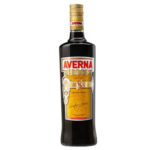
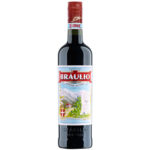
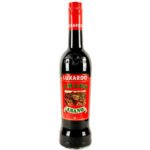
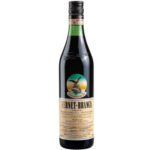
Comments